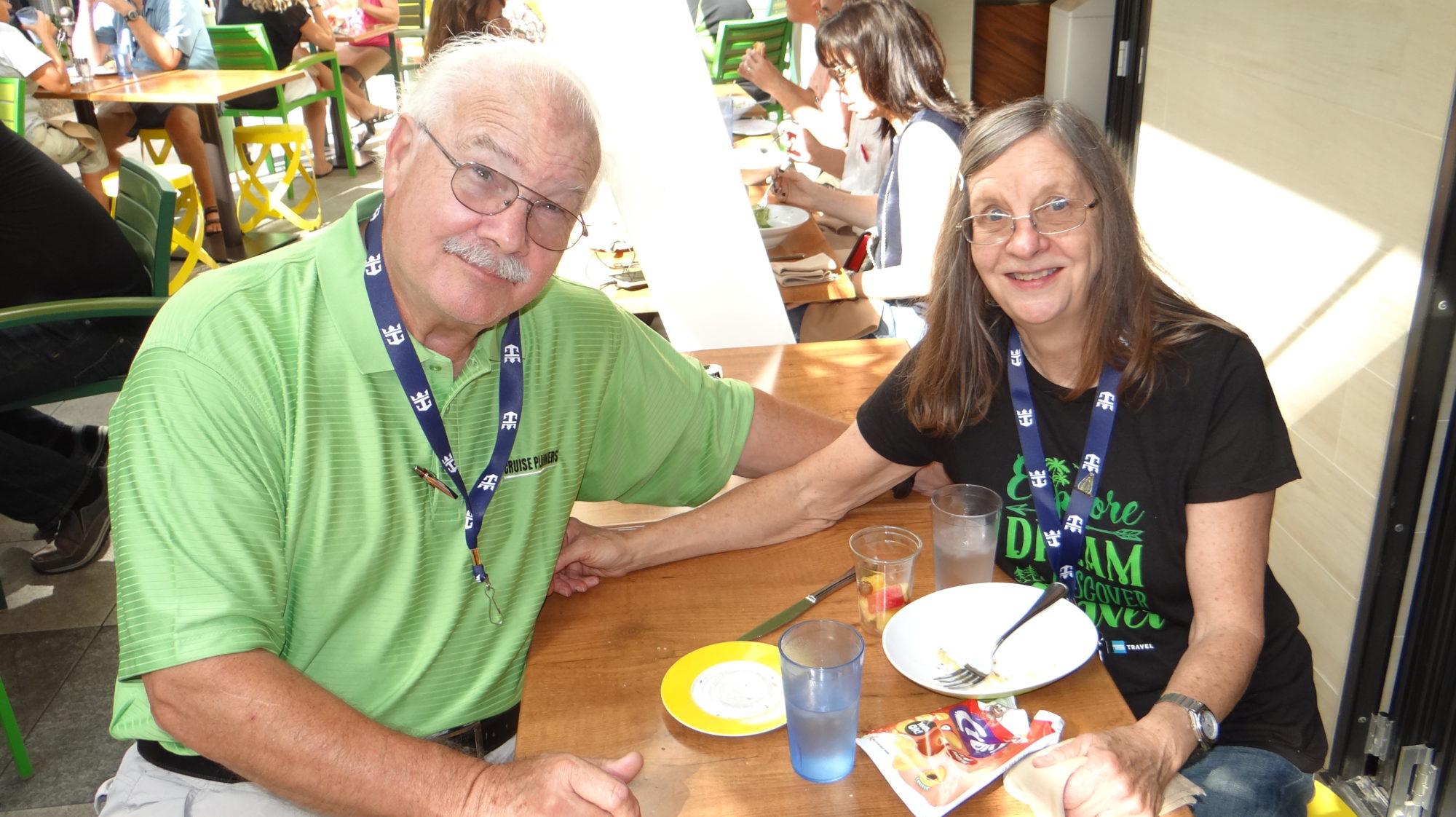Red Rock Canyon. The park is only hiking so we drove to where we could see the red rocks forming mountains from the car. We were looking for something else to do and I stumbled upon the Palate Heritage Site and it’s sister site, Honanki Heritage Site.
Palate Heritage Site
Palate Heritage Site is located in the heart of Red Rock Country, just a few miles from the town of Sedona. The site is a well-preserved cliff dwelling that was once home to the Sinagua people, who lived in the area from about 500 AD to 1425 AD. The Sinagua were skilled farmers and traders, and they built their homes in the cliffs to protect themselves from the harsh desert climate and potential invaders.
The Palate site features several rooms and structures that were built into the cliff face, including living quarters, storage rooms, and a communal plaza. The buildings are made of local sandstone and are remarkably well-preserved, with some of the original plaster still visible on the walls.
One of the most striking features of Palate is the rock art that adorns many of the walls. The Sinagua used a variety of pigments to create intricate designs and symbols, many of which have been interpreted as representing astronomical events or religious beliefs. The rock art at Palate is considered some of the best-preserved in the region and offers a unique window into the culture and beliefs of the ancient Pueblo people.
Honanki Heritage Site
Honanki Heritage Site is another impressive cliff dwelling located just a few miles from Palate. Like Palate, Honanki was once home to the Sinagua people and features a series of structures built into the cliff face. However, Honanki is much larger than Palate and features more complex architecture and a wider variety of rock art.
The Honanki site is thought to have been occupied from about 1100 AD to 1300 AD and is believed to have been a center of trade and religious activity. The site features several rooms and structures that are thought to have been used for ceremonial purposes, as well as living quarters and storage rooms.
One of the most impressive features of Honanki is the rock art, which covers many of the walls and ceilings of the buildings. The rock art at Honanki is particularly diverse, featuring a wide range of designs and symbols that are thought to represent everything from astronomical events to religious beliefs to daily life. Some of the most famous rock art at Honanki depicts a figure known as the “Sinagua Shaman,” who is thought to have played an important role in the religious beliefs of the ancient Pueblo people.
Exploring the Heritage Sites
Both Palate and Honanki are open to the public and offer visitors a chance to explore the rich history of the ancient Pueblo people. Guided tours are available at both sites and offer a wealth of information about the architecture, rock art, and daily life of the Sinagua people.
Visiting Palate and Honanki is a great way to connect with the past and gain a deeper understanding of the people who once called this area home. The sites are a testament to the ingenuity and resilience of the ancient Pueblo people and offer a glimpse into a culture that has long since passed into history.
These sites are currently managed by the U.S. Forest Service and Reservations are required for the Palatki Site. We didn’t get to go see either site. They close at 3:00 which was about 15 minutes after we would have gotten to the Honanki Site. We were almost to it and the road (which hadn’t been great the whole time – dirt and gravel and potholes) took a downward slope with large rocks, not gravel and we didn’t want to take the car down it. So, we just looked at them from a distance. They were beautiful! We were disappointed not to see them up close but seeing them, even from a distance, are pretty awesome!













